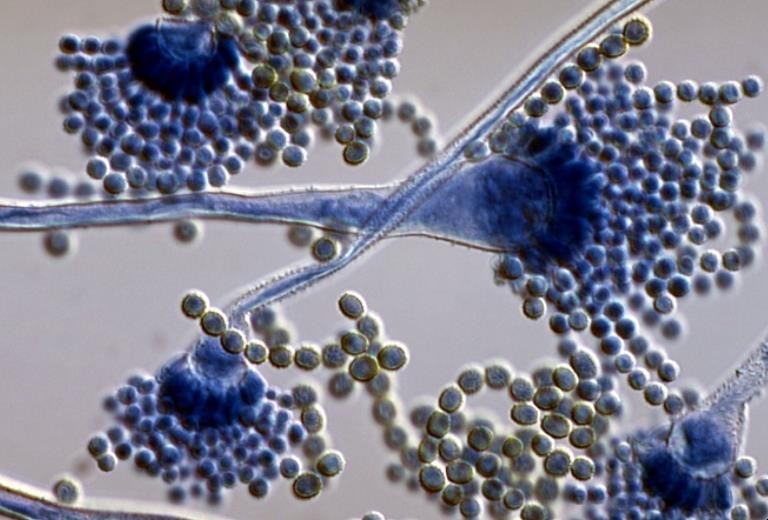
 CONTACT
CONTACT
- Linkman:Linda Yao
- Tel: +8618231198596
- Email:linda.yao@dcpharma.cn
- Linkman:CHARLES.WANG
- Department:Overseas
- Tel: 0086 0311-85537378 0086 0311-85539701
Nisin vs traditional preservatives
TIME:2024-01-09
Nisin, a natural antimicrobial peptide, differs from traditional preservatives in several aspects. Here's a comparison between nisin and traditional preservatives:
Source:
Nisin: Nisin is a naturally occurring antimicrobial peptide produced by certain strains of lactic acid bacteria, particularly Lactococcus lactis.
Traditional Preservatives: Traditional preservatives are often synthetic chemicals or compounds, and their sources can vary.Common examples include benzoates, sorbates, and sulfites.
Mechanism of Action:
Nisin: Acts by disrupting bacterial cell membranes through the formation of pores, primarily targeting Gram-positive bacteria.
Traditional Preservatives: Mechanisms vary but often involve inhibiting microbial growth, enzyme activity, or disrupting cell membranes.Examples include benzoates inhibiting yeast and mold, sorbates preventing mold growth, and sulfites inhibiting microbial metabolism.
Spectrum of Activity:
Nisin: Primarily effective against Gram-positive bacteria, including certain pathogens like Listeria monocytogenes and Staphylococcus aureus.
Traditional Preservatives: Activity varies, with some being effective against both Gram-positive and Gram-negative bacteria, as well as molds and yeasts.
Resistance Development:
Nisin: Resistance development is relatively rare among target bacteria.
Traditional Preservatives: Some microorganisms may develop resistance to traditional preservatives over time.
Heat Stability:
Nisin: Exhibits heat stability, allowing its use in heat-processed foods.
Traditional Preservatives: Heat stability varies among traditional preservatives, and some may lose effectiveness under high-temperature conditions.
Toxicity:
Nisin: Generally regarded as safe (GRAS) for consumption, with low toxicity to humans.
Traditional Preservatives: Safety profiles vary, and some traditional preservatives may have limitations or restrictions on their use.
Synergy:
Nisin: Can act synergistically with other preservatives, enhancing overall efficacy.
Traditional Preservatives: Some traditional preservatives may be used in combination to achieve a broader spectrum of protection.
Regulatory Status:
Nisin: Approved for use in various countries and regions as a food preservative.
Traditional Preservatives: Each preservative has its own regulatory status, and approval may vary depending on the country or region.
The choice between nisin and traditional preservatives depends on factors such as the specific application, target microorganisms, regulatory considerations, and consumer preferences.
- Tel:+8618231198596
- Whatsapp:18231198596
- Chat With Skype







